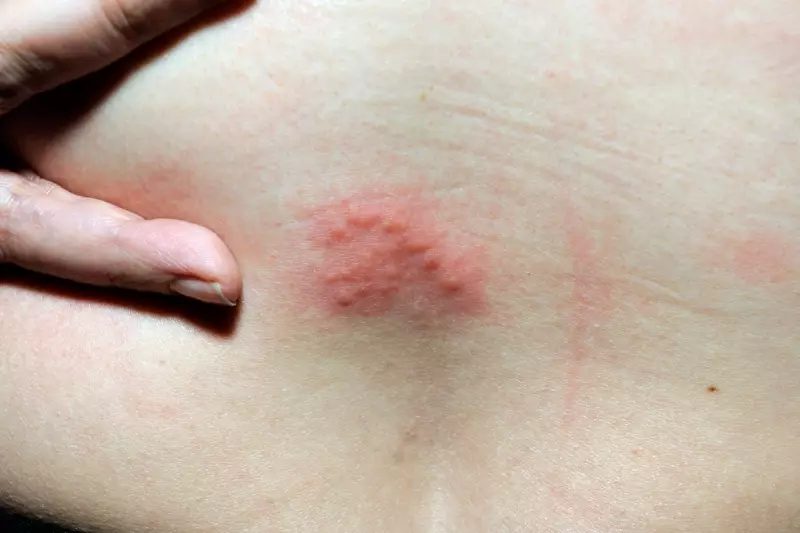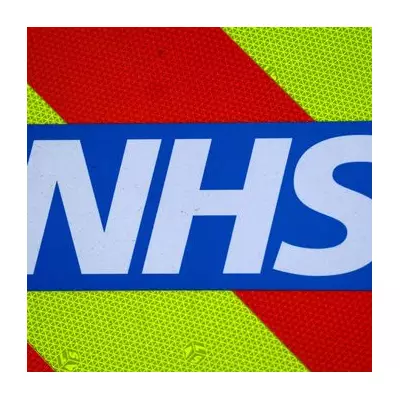
If you've ever had chickenpox, you're carrying a hidden passenger that could resurface years later as shingles - a painful condition affecting thousands across the UK each year. This comprehensive guide reveals what you need to know about this viral reactivation, from early warning signs to vital protection strategies.
What Exactly is Shingles?
Shingles, medically known as herpes zoster, isn't a new infection but rather the reactivation of the varicella-zoster virus that causes chickenpox. After recovering from childhood chickenpox, the virus lies dormant in your nerve tissues, waiting for an opportunity to strike again when your immune system becomes compromised.
Recognising the Tell-Tale Signs
Before the characteristic rash appears, many people experience subtle warning signals including:
- Tingling or burning sensations on one side of the body
- Itchy or numb patches of skin
- Flu-like symptoms without the fever
- Headaches and general malaise
These early symptoms typically emerge 1-5 days before the shingles rash makes its appearance, providing a crucial window to seek medical advice.
The Shingles Rash: What to Expect
The hallmark shingles rash follows a distinctive pattern that sets it apart from other skin conditions:
- Localised to one side of your body or face
- Painful, fluid-filled blisters that eventually crust over
- Follows nerve pathways in a band-like pattern
- Typically lasts 2-4 weeks from onset to healing
Understanding Contagious Risks
While shingles itself isn't directly contagious, the virus within the blisters can spread chickenpox to those who've never had it. The infection risk exists until all blisters have completely crusted over. During this period, it's crucial to:
- Avoid close contact with pregnant women
- Stay away from people with weakened immune systems
- Keep blisters covered with loose clothing or dressings
- Practice meticulous hand hygiene
Who's Most at Risk?
While anyone who's had chickenpox can develop shingles, certain factors significantly increase your vulnerability:
- Age: Risk dramatically increases after 50
- Weakened immune systems: Due to illness or medications
- Stress and fatigue: Physical or emotional exhaustion
- Certain medical conditions: Such as HIV or cancer
NHS Vaccination: Your Best Defence
The NHS offers a shingles vaccine to eligible groups, providing powerful protection against this painful condition. The vaccination programme currently targets:
- People turning 65
- Those aged 70-79 who've previously missed vaccination
- Individuals aged 50+ with severely weakened immune systems
This vaccine not only reduces your risk of developing shingles but can also minimise the severity if breakthrough infection occurs.
When to Seek Medical Help
Immediate medical attention is crucial if you experience:
- Rash or pain near your eyes - this could threaten your eyesight
- Symptoms affecting your face or neck
- Extreme weakness or dizziness
- Signs of secondary infection around blisters
- A weakened immune system alongside symptoms
Early intervention with antiviral medications can significantly reduce symptom duration and severity, while also lowering the risk of long-term complications like postherpetic neuralgia - persistent nerve pain that can linger for months or even years after the rash clears.
Remember, understanding shingles is your first line of defence. Recognising early symptoms, knowing your contagious period, and accessing available vaccinations through the NHS can help you navigate this condition with confidence and minimise its impact on your life.





